UAS7 Virtual Academy - student´s and teacher´s opinions
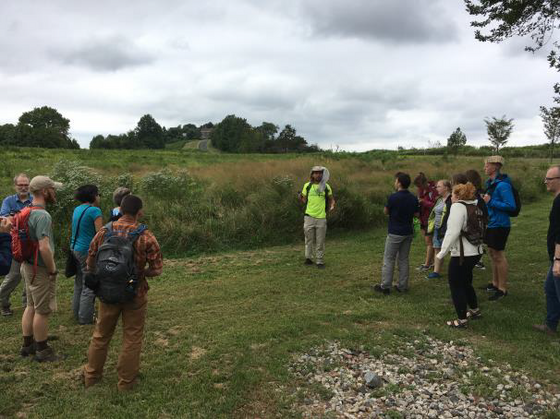
"Of course, some aspects are not comparable with a face-to-face event, but there are also clear advantages: For example, we save ourselves a very long journey and costs," says the professor of geoinformatics and surveying: "These are actually reasons why some students are able to participate at all. That's particularly valuable.
The special challenge for a spatial planning discipline such as landscape architecture will be to create a similar virtual immersion effect for the German participants in the following workshop phase in a project area in the USA and to implement cooperative planning in an exclusively virtual environment. The incentive for this is that in the future this format will also enable international experiences for students who cannot or do not want to undertake long-distance travel."
(Prof. Dr. Stefan Taeger, Osnabrück University of Applied Sciences, course landscape architecture)
“The virtual academy is valuable for doing work in advance to face-to-face interaction. Students get to know each other and discover similarities as well as differences in their experiences as students. We also are able to do more background work, making the team interactions richer and more productive. The virtual academy allows us to have much more interaction than we would have the time or financial resources to accomplish otherwise.”
(Prof. Dr. Douglas Johnston, SUNY ESF, course landscape architecture)
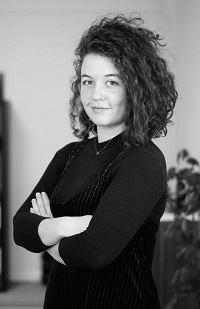
"The course sensitized me to compare different landscape arcitectural frameworks, to look at them from different prespectives and to understand them holistically. For example, we looked more closely at marginalized groups like people with low income and compared the ways in which these are addressed in planning processes in the U.S. an Germany. So in the course, we asked ourselves: what strategies are behind visible courses of action? What effects can different measures have and in which cases can they contribute to climate adaptation and mitigation? Unexpectedly, I also gained a deeper understanding of landscape-related strategies in Germany. For example, comparing the different countries showed me that applied measures often have a historical origin. What I liked most was when someone shared informal details such as what they experienced at work or in their studies. I would recommend an international collaborative course to anyone who wants to think outside the box and develop their English and especially their communication skills."
(Elena Teise, Osnabrück University of Applied Sciences, course landscape architecture)
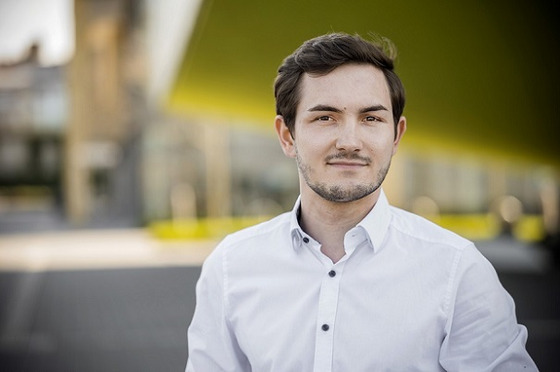
"As part of the cooperation between Osnabrück University of Applied Sciences and SUNY in the subject "Internet of Things / Industry 4.0", we as teachers had the opportunity to teach the subject of IoT jointly this semester. Through the combination of lectures by teachers from both sides and practical programming tasks, the students themselves approached the topic of IoT in a practical way. In addition, we were able to give the students a first opportunity to present and also to practice interaction with international students. This is a great experience for their future professional career!
For us teachers it was interesting how the culture influences the teaching, e.g. in the experimental design. The goal of the experiments is that the students get an impression of practical applications of the IoT. Depending on the country, the applications are sometimes different. For the road condition monitoring trial, we originally thought of an application for bicycles so that the students could test it themselves. However, only few of the American students ride bicycles. They are much more likely to use public transportation or cars."
(Nicolas Lampe, Osnabrück University of Applied Sciences, lecturer course Internet of Things/Industry 4.0)
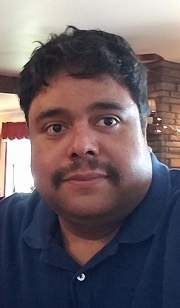
"In the beginning, I was worried about the language difference, but I was surprised of how well the students and the instructors dominated the English language. I was also surprised that despite being on a different continent, the embedded applications that the students were developing could also apply to the U.S. I would recommend that other students enroll in international collaboration courses because I feel that it will help prepare them for the global business world where it is common to have to work with teams that are located in different countries."
(Edgar Barranco, SUNY - University at Albany, course Internet of Things/Industry 4.0)
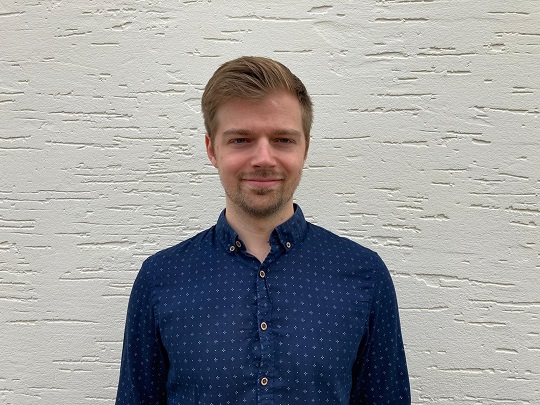
"The joint course is a nice change from everyday study, especially in times of Corona. In addition, learning other ways of working is good preparation for our later professional lifes, where we will certainly often work in an international composition."
(Patrick Strunk, Osnabrück University of Applied Sciences, course Internet of Things/Industry 4.0)
"It was my first experience to participate in an international collaborative course. At the beginning, I was hesitating to take the course because I was unsure how it would go. Working with German students was completely new to me, but the curriculum and description of the activities were interesting, which motivated me to take the course. At the beginning I was a bit anxious about working with students from other universities, but in the first lecture we quickly got into conversation and told each other about our hobbies, culture, and so on. The exchange helped me interact in a foreign environment with more confidence. Now I feel comfortable sharing my ideas without concern or hesitation.
The virtual international course helped me meet new people and broaden my horizons. Through collaboration, I learned new ways of thinking which was very inspiring. I think that a pure theory course is not that effective, but when you experiment with other students, present your results in the course and explain the procedure, it increases the learning process. This activity has encouraged me to learn more about the German culture, education system, and the prevailing industry there, and to travel to Germany to see my new classmates."
(Sima Azizi Aghdam, SUNY - University at Albany, course Internet of Things/Industry 4.0)